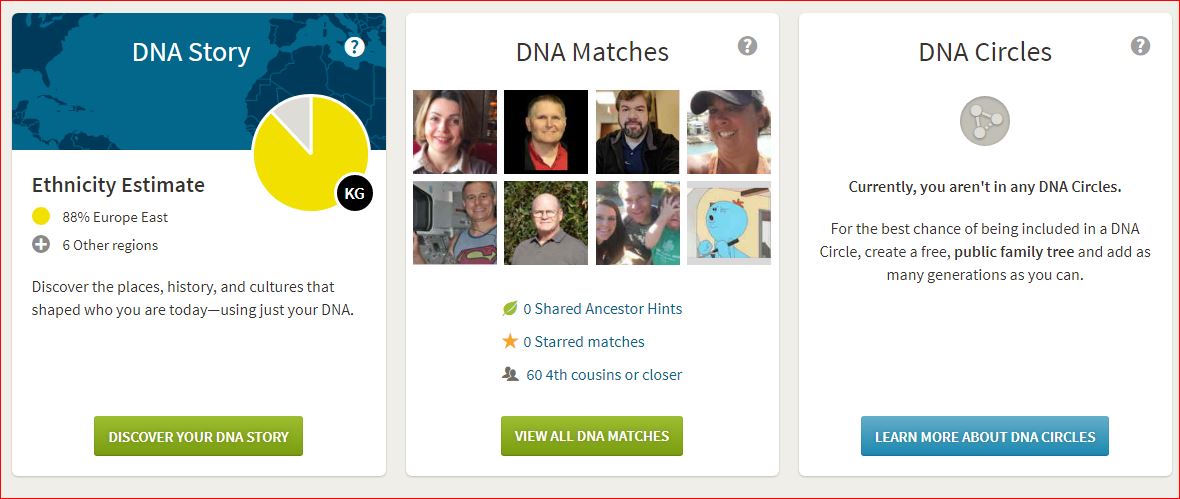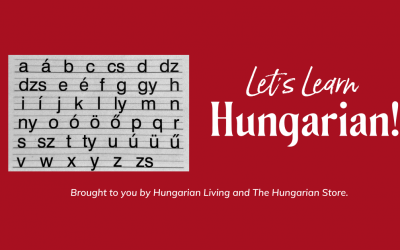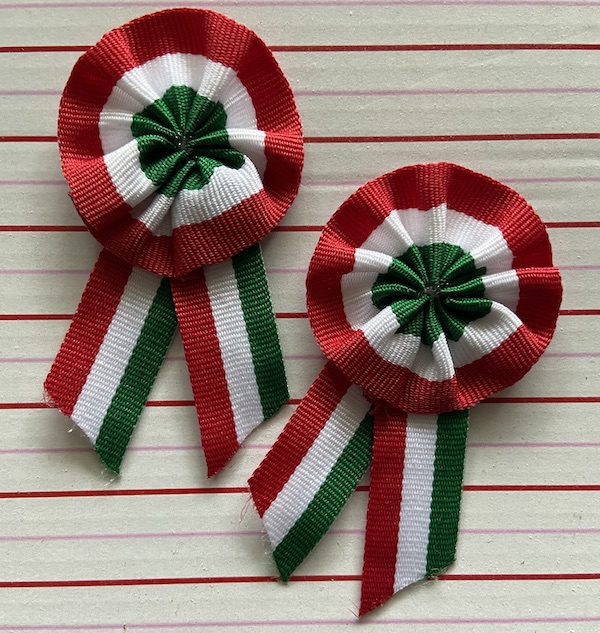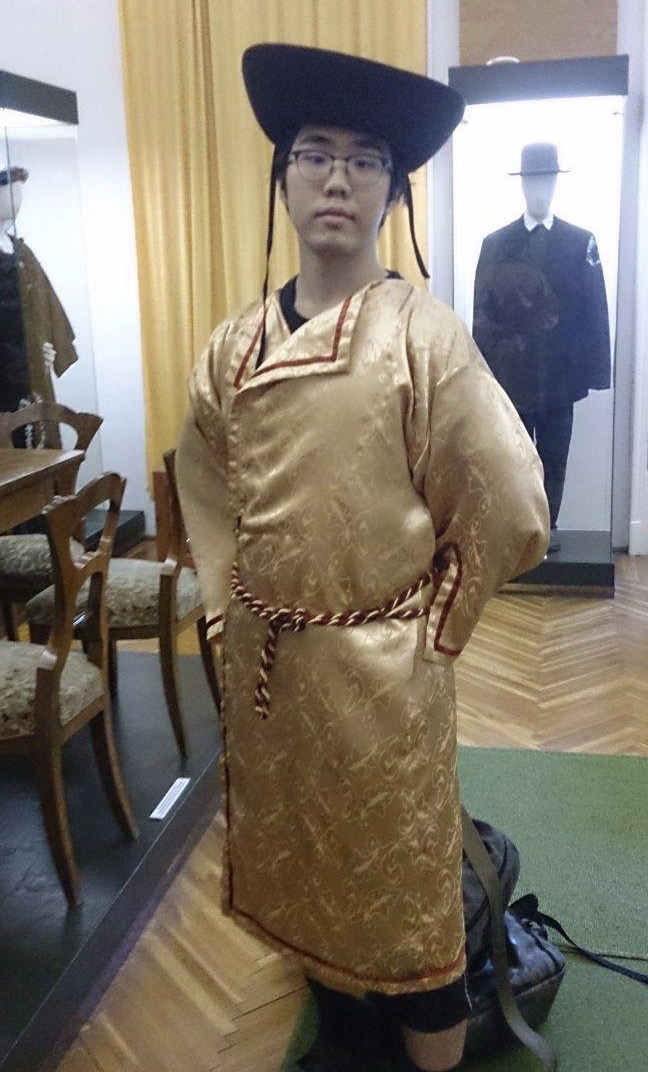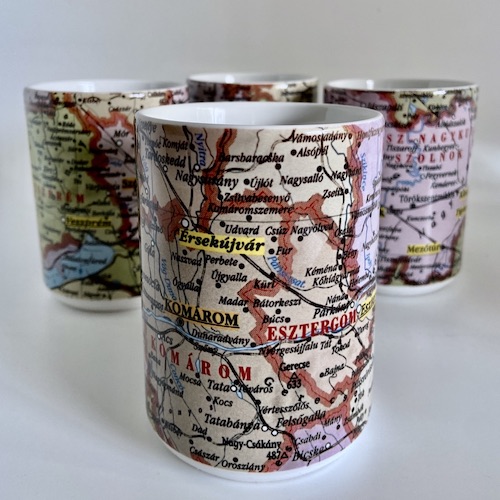Greetings from Kathy Molnar Guenther in Las Vegas, NV!
I have an M.S. in biological sciences and worked in Forensic DNA laboratories for many years before retirement. My Dad was a Forensic Firearms specialist, so it’s in the family, too (might be genetic?) My four Hungarian grandparents emigrated around 1906. Even though I knew my heritage, I enjoyed doing the ancestryDNA test several years ago.
Thank you, Kathy for sharing your expertise in this area! ~ Liz
Ancestry tests use a person’s saliva sample and are true genetic tests using gene markers and “SNPs” (snips) that are tiny differences in the DNA strand.
Forensic tests use different markers that are not from genes, but are determined by studying repeat segments of DNA. These forensic markers are called STRs. Forensic labs do not use SNPs yet, but may in the future, to help develop a physical trait, such as eye color, or racial admixture. Ancestry DNA and Forensic are two different worlds.
Regular Forensic DNA (which was my career) involves genetic markers that are not the kind used in ancestry studies. The entire National, and now International, DNA databases use STR segments (Short Tandem Repeats). STR’s are not genes. STR’s are repeated strings of “nonsense” DNA that just happen to be unique to individuals (except for identical sibs). Forensic DNA Databanks store millions of criminals’ DNA data, unsolved case evidence data and Missing Persons/Unidentified Human Remains data. The Armed Forces DNA Identification Laboratory stores samples from ALL servicepersons, and matches remains from conflicts back to family samples. These are protected databases, for obvious reasons.
https://www.nij.gov/journals/266/pages/backlogs-codis.aspx
Your ancestry results are based on the genes of people who live or lived in the areas of interest. As more people contribute samples, and more precise testing is used, the results have more “accuracy”.
The results will describe large geographic areas and the percentage of the DNA markers you have in common with the control data. Your results will state “Europe-East” more than likely, and may look similar to this result:
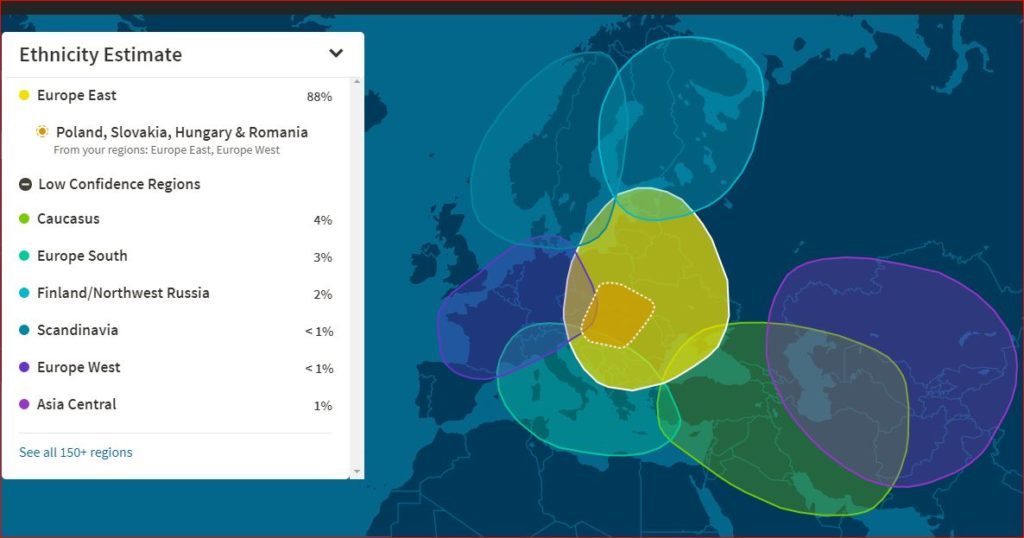
In this image, the dark yellow core is over Hungary/Slovakia. This is the area of “High Confidence” for results. It is not unexpected that this ancestry also includes markers from the surrounding countries, “Low Confidence Regions”. It is not unexpected that a person of Hungarian ancestry would have a bit of Asian also, as Hungarians have a link to Asian tribal migration and some Siberian roots. Of course, a person can have ancestry genes from other groups as well. This is just an Europe-East example.
Ancestry DNA dot com provides the opportunity for you to share your results and will do a search for genetic relatives, “DNA Matches”. This person below now has 60 cousins, 4th through 6th, with an opportunity to contact the individuals, if contact information has been shared. There is also a way to link family trees. You must maintain a paid membership to ancestry.com to participate in “DNA Circles”.
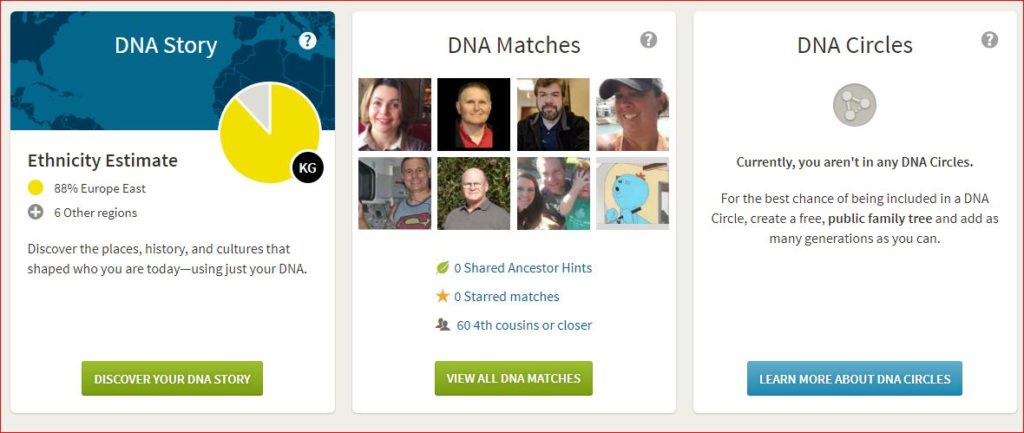
If you decide to do an “ancestry DNA” kit (many companies provide them now), there are some things to know:
- The DNA testing company will ask whether they may use your results for their research. You can say no, and that is the end of it. You will receive a link to your results. You can say yes, and they will continue to use your DNA data, forever. If you say yes, and then change your mind, prior results are kept forever, but future tests will cease. http://www.ancestry.com/cs/legal/privacystatement
- Your ancestry DNA test does not identify you for criminal cases, unless there is a court order. These court-ordered cases are extremely rare, and are almost always in a search for a male suspect and his male relatives. Using the genetics companies’ data is a last-resort when attempting to solve a “cold-case”. http://www.wnd.com/2015/05/ancestry-com-shares-dna-with-police/
- Some ancestry companies CAN match you to unknown relatives. Most of these matches are 4th to 6th cousins. These cousins are “distant” and may be the kind of cousins you might find your ancestry family tree name data searches. If I have cousins back in the old country, and if they take a DNA test from ancestry DNA, and allow them to share the data, then, I would see them appear as a Possible Relative and the strength of the association, e. g. “Highly likely”. You can try to contact the individuals if they have given sharing permission, and an email address.
Learning more: If you are interested, search for “DNA ancestry”, study the background material on each of the sites. Even though they try to make it simple, it’s still quite a bit of material to wade through. https://www.23andme.com/gen101/snps/
Magyar Marketing is a second-generation family business that began in 1988. Our mission is to provide you with resources and encouragement to discover, celebrate, and share your Hungarian heritage with friends and family! To receive our free product catalog or learn about our tours to Hungary and Transylvania, please email [email protected] or call 1-800-786-7851 or visit our website!

